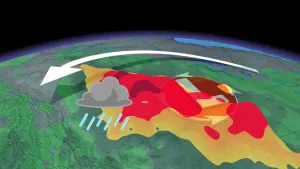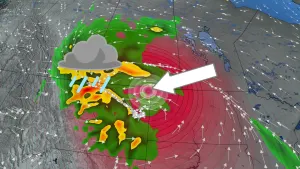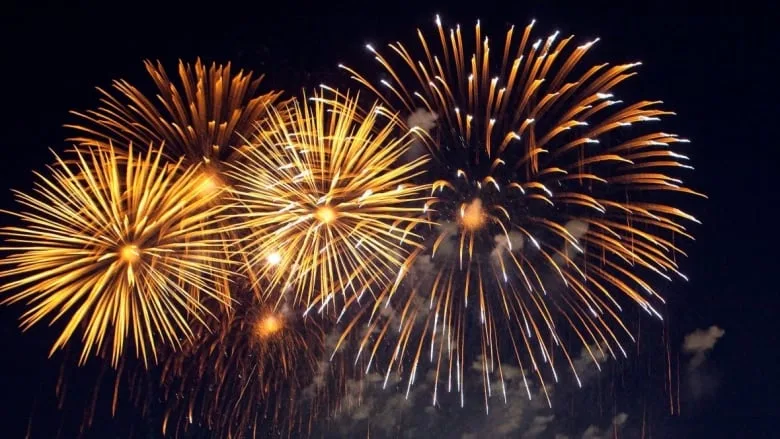
How fireworks can affect your health and the ecosystem
Environmentalists are questioning whether minutes-long sparkly spectacles are worth fireworks' long-term effects on human health and wildlife.
Over the last year, Banff and Canmore have both scaled back traditional firework displays due to environmental concerns.
"They're really beautiful and an audience can really appreciate them but they do come with an environmental cost," said Gwen O'Sullivan, an assistant professor of environmental science at Mount Royal University who studies air quality.
"I guess it's just a matter of figuring out what the ethical costs of using fireworks are — and are we okay with that."
SEE ALSO: How to identify any plant or animal with your smartphone
Urban air quality is a popular area of study right now but there's not nearly enough research being done into the consequences of using fireworks, O'Sullivan said.
WHAT GOES UP MUST COME DOWN
What is known, she said, is that the explosive charge that launches fireworks into the atmosphere can contain perchlorates that deposit back down to the surface, contaminating soil and water.
"Just because it's exploded, doesn't mean it's not there," O'Sullivan said. "What goes up must come down."
There's also toxic exhaust generated by a display's coloured element and its smoke.
Traditional fireworks are wrapped tightly with metals like copper and lithium, which create the blue and red colours we see in the sky. But when they explode, metallic compounds released into the environment can be carcinogenic or toxic to both humans and animals.
Meanwhile, smoke generates particulate matter, which O'Sullivan said can affect air quality and make breathing more difficult for people with asthma or other respiratory and cardiovascular conditions.
It's just a matter of figuring out what the ethical costs of using fireworks are — and are we okay with that. - Gwen O'Sullivan, environmental science instructor at Mount Royal University who studies air quality.
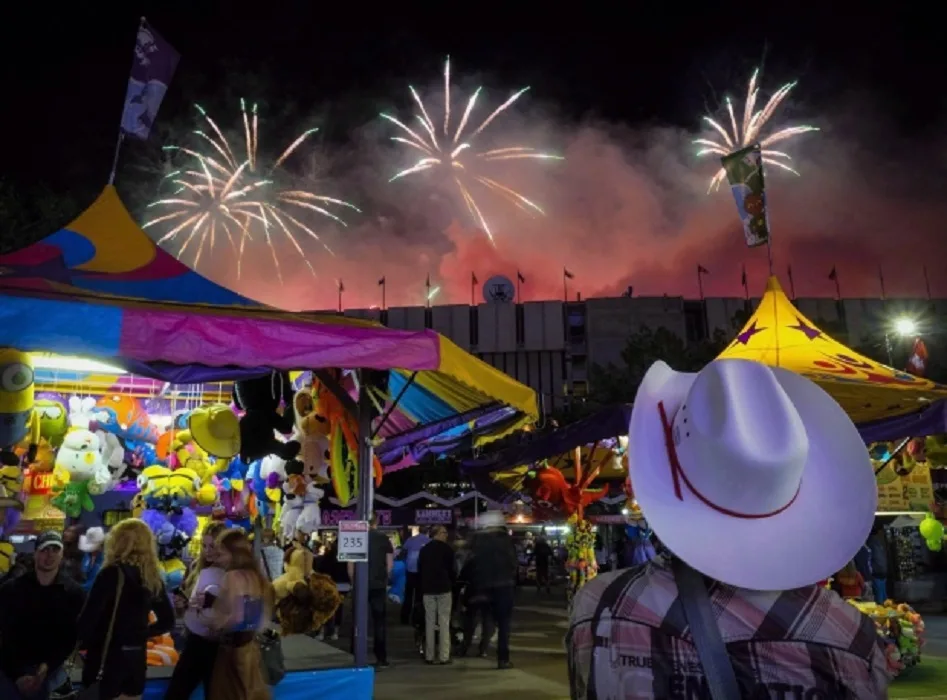
Fireworks go off every night during the Stampede's annual run in July. (Jeff McIntosh/The Canadian Press)
There's often an increased number of hospital visits after holidays where the displays go off, she added.
The loud bangs that accompany traditional fireworks — which can produce noise levels over 150 decibels — can also do damage.
Sounds are damaging to the human ear at about 110 decibels, according to Jos Eggermont, a professor emeritus at the University of Calgary who studies hearing.
However, Eggermont said it's only of concern when such sounds are continuous, if presented for more than 15 minutes.
PANIC-INDUCING SOUNDS
No matter its length, a firework display's sounds can trigger panic for some Calgary residents — including vulnerable populations, as well as wildlife and domestic pets.
Admasu Tachble — settlement and integration program lead at the Centre for Newcomers — said refugees from war-torn countries like Syria and Sudan are at a particular risk of feeling fear and anxiety.
"Loud bangs, flash lights that we experience in fireworks would reawaken bad memories that they have had in their respective countries of origin," Tachble said. "Most refugees come to Canada after experiencing actually lots of traumatic experiences."
As for animals, researchers have found fireworks are correlated to anxiety, disorientation, stress and fear.
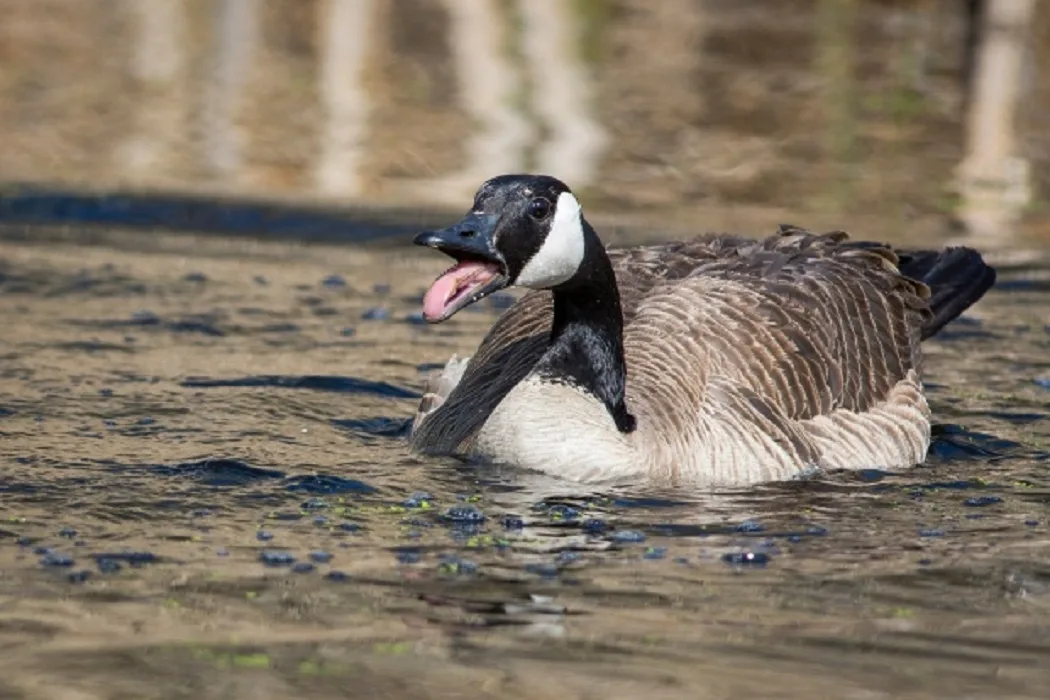
Waterfowl such as Canadian geese can consume or get entangled in debris left behind by fireworks, said Melanie Whalen, director of animal care for Calgary Wildlife Rehabilitation Society. (Bruce Reeve/CBC)
The Calgary Wildlife Rehabilitation Society (CWRS) receives an increase in calls about sights of wildlife on roads and in unusual areas during periods of widespread fireworks use.
In a statement, Melanie Whalen, director of animal care for CWRS, said the noises cause anxiety in animals and disorient them, leading deer to flee into roadways and birds to fly into windows. The result, Whalen said, is vehicle damage and dead animals.
"Other documented effects include nesting birds and other small mammal parents abandoning their nests, leaving their defenseless babies behind," she said.
Any debris of fireworks left behind can entangle species or if consumed, litter can result in death, Whalen added. As we continue to have greater and greater value for our natural inhabitants and neighbours, we should be exploring all options. - Chris Fisher, author of Birds of Alberta
With fireworks going off downtown, animals nesting near the Bow River or downtown area could be spooked. Those include sensitive species like young hawks and eagles who have yet to learn how to fly, said Chris Fisher, a professional biologist and the author of Birds of Alberta.
Under both provincial and federal legislation, it's an offence to disturb an active nest.
Fisher said fireworks in the city during New Year's Eve — when flocks of silver ducks and Canada geese are concentrated on open stretches of the Bow — likely do the most damage.
ALTERNATIVES TO TRADITIONAL FIREWORKS
New Year's Eve, Canada Day and Halloween fireworks in Banff have been replaced with what Mayor Karen Sorensen calls "low-altitude, low-noise, special effects pyrotechnic displays."
There's an initial pop when they go off, but there's no additional loud boom.
The decision was made after the town consulted with the Bow Valley Naturalists and Parks Canada staff, who raised concerns about the noise affecting animals including nesting birds and elks during fall mating season.
Canmore has since followed suit.
"All I can say is that for our unique mountain community in a national park, this was the right decision and we've had success," Sorensen said.
Air quality expert O'Sullivan said another option to improve fireworks requires cracking down on design controls. Requiring biodegradable paper and compressed air as a substitute for propellants are two ways to improve them, she added.
Fireworks go off throughout the year in Calgary, with notable summer displays at the Stampede and GlobalFest.
Without fireworks involved in its nightly grandstand shows, the Stampede wouldn't be able to achieve a far-reaching light show, according to spokesperson Jennifer Booth.
That's why the Stampede's displays use a combination of fireworks and pyrotechnics.
"We wouldn't have very happy customers if we only had pyrotechnics," Booth added.
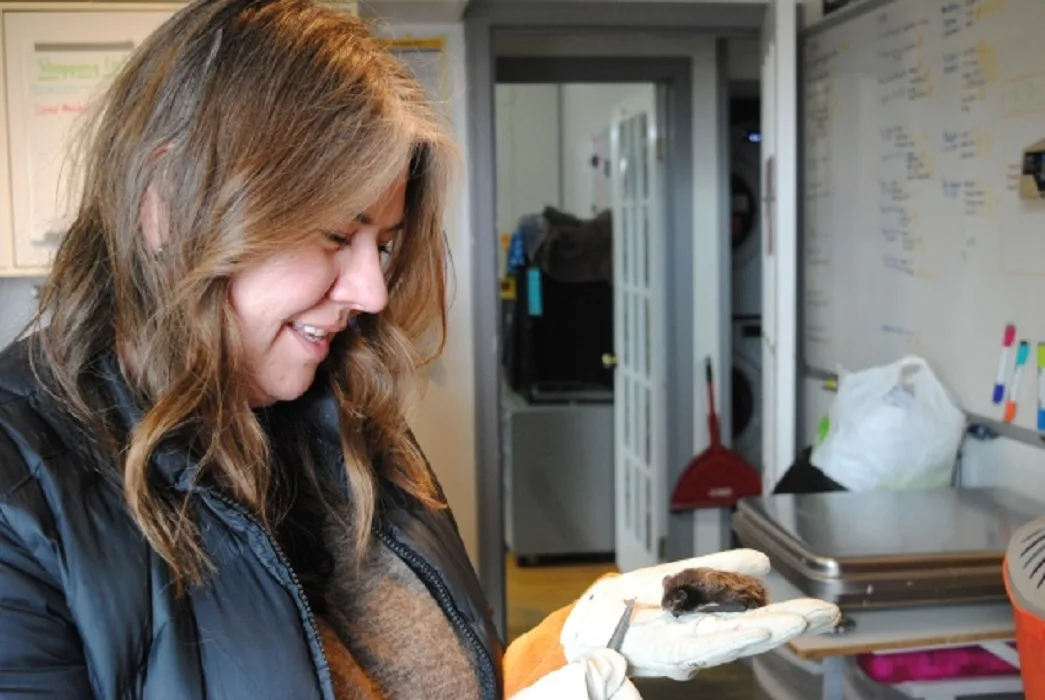
Melanie Whalen, director of animal care for Calgary Wildlife Rehabilitation Society, says the society receives an increase in calls about sights of wildlife in unusual areas during periods of widespread fireworks use. (Supplied by Calgary Wildlife Rehabilitation Society)
GlobalFest did not respond to multiple requests for comment.
"Traditions are wonderful to have, however, we are developing new ways to have these celebrations," said biologist Fisher.
"As we evolve as a society, as we continue to have greater and greater value for our natural inhabitants and neighbours, we should be exploring all options."
Written by Maggie Macintosh/CBC News.
Source: CBC






